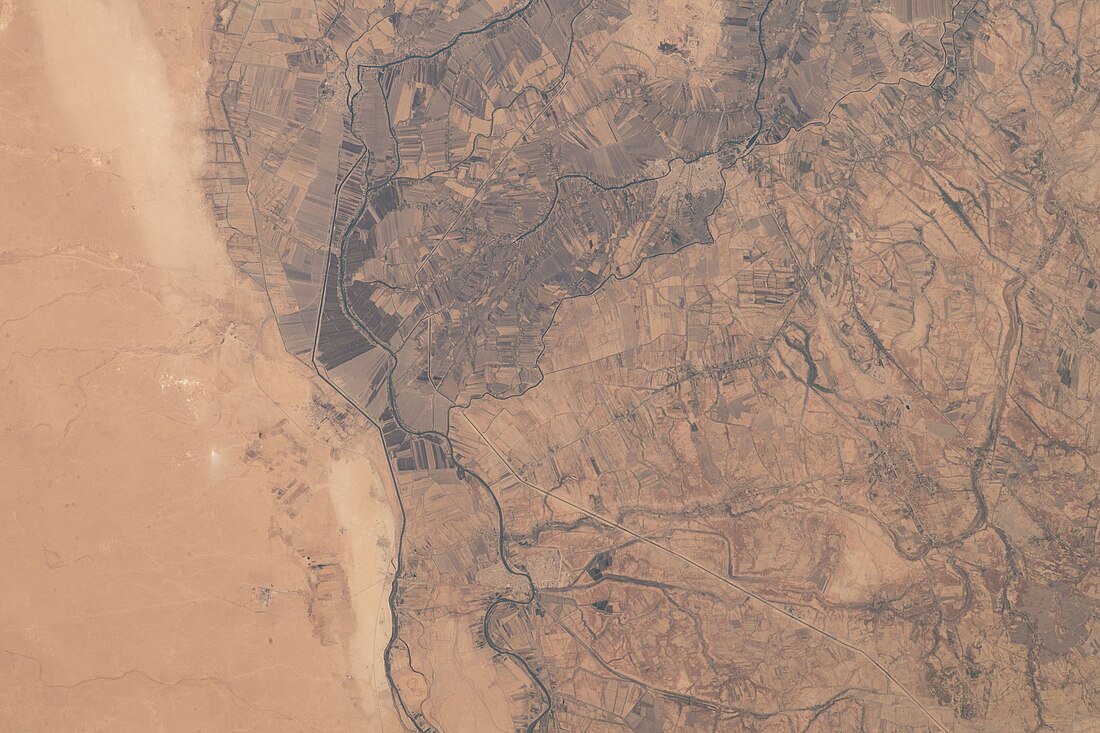Top Qs
Timeline
Chat
Perspective
Al-Qadisiyyah (historical city)
Historical city in Iraq From Wikipedia, the free encyclopedia
Remove ads
Remove ads

Al-Qādisiyyah (Arabic: القادسية) is a historical city in southern Mesopotamia, southwest of al-Hillah and al-Kūfah in Iraq. It is most famous as the site of the Battle of al-Qādisiyyah in c. 636, in which an Arab Muslim army defeated a larger Sasanian army.
Remove ads
Commercial importance
Prior to the Arab conquest, al-Qādisiyyah was but a small village on the western side of the Euphrates River, near an old castle at `Udhayb, and was possibly part of the Wall of the Arabs.[1] However, during the centuries that followed, al-Qādisiyyah grew in size and importance and was a noted stop along very important highways of commerce that led to Baghdād and Mecca.[2]
History
Al-Qādisiyyah was the scene of a decisive battle in the conquest of Persia by the Arabs around 636.[3] The Muslim troops of the caliph `Omar led by Sa`d ibn Abī Waqqās despite their outnumbered forces defeated the army of the Sassanid emperor Yazdgard III, led by Rostam Farrokhzād. The battle of Al-Qādisiyyah would later be depicted in a manuscript of Shahnameh, a national epic authorized by the Persian poet Ferdowsi.
Remove ads
Another historical Qādisiyyah
Another Qādisiyyah existed on the Tigris River, off the road between Baghdād and Sāmarrā', not very far from the Euphrates city. Both cities are recorded in the geographies of Ibn Khordadbeh.[4]
Further reading
- Deadman, William M.; Jotheri, Jaafar; Hopper, Kristen; Almayali, Rajwan; al-Luhaibi, Ahmed A.; Crane, Anthea (2025). "Locating al-Qadisiyyah: mapping Iraq's most famous early Islamic conquest site". Antiquity
References
Wikiwand - on
Seamless Wikipedia browsing. On steroids.
Remove ads
